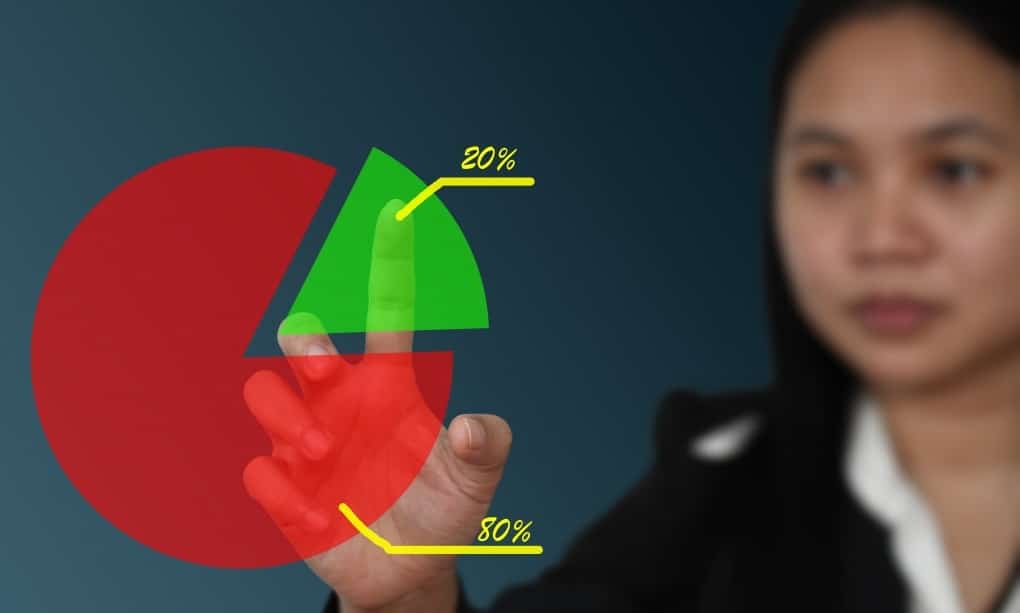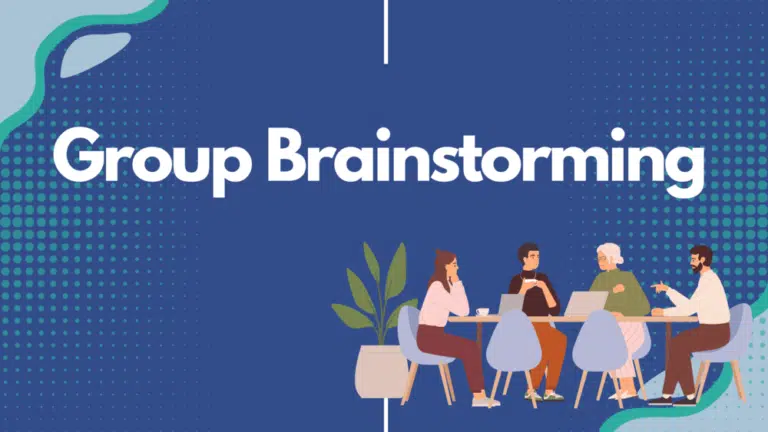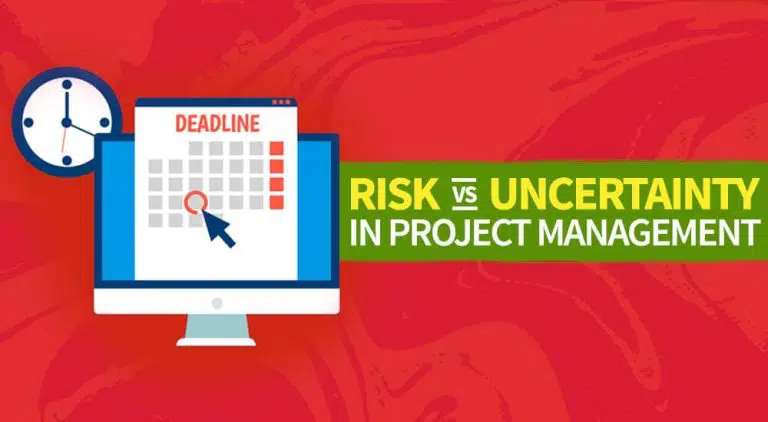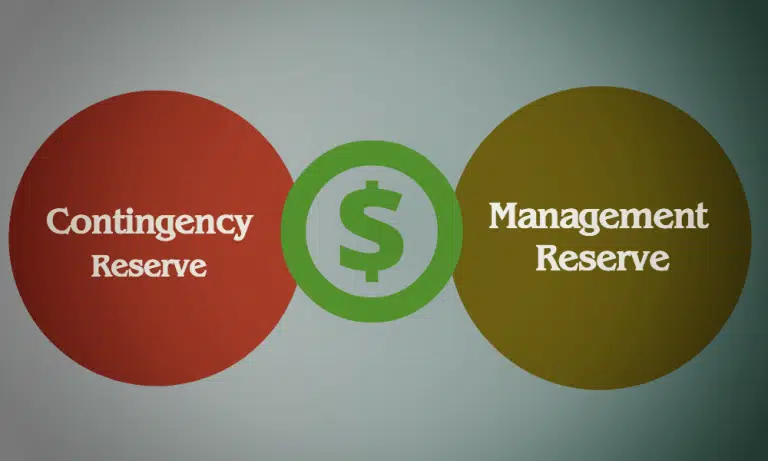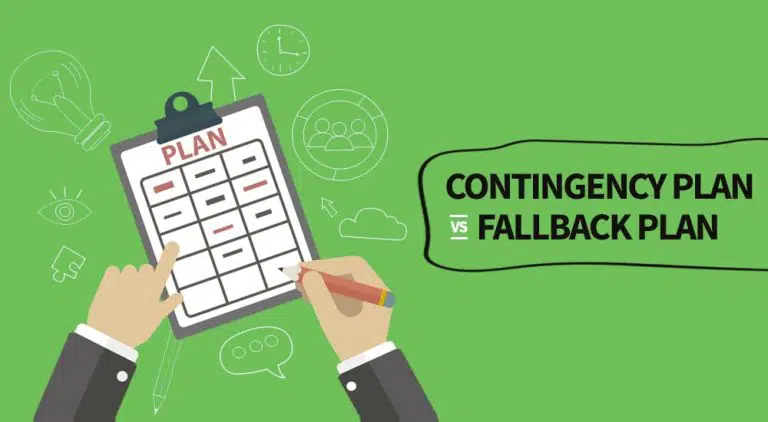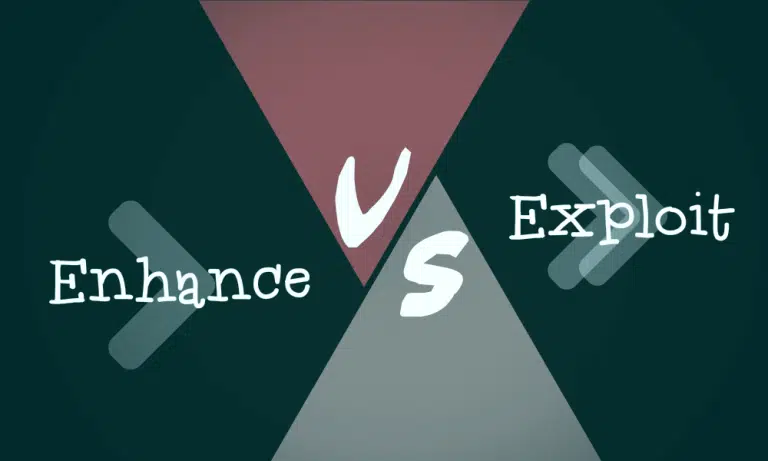What is a Pareto Chart? Definition and Example.
It can be challenging for you to understand the main problems and their causes, instead, you spend your time on solving problems with the least influence on the project.
In such situations, the Pareto Chart can help solve problems. The Pareto Chart is one of the seven basic tools of quality management. The Pareto Diagram can help you segregate the defects and their causes. Once you get this info, you can focus on the cause that is generating the most issue.
This is an important tool in quality management and project managers use it to find problems with the highest influence.

